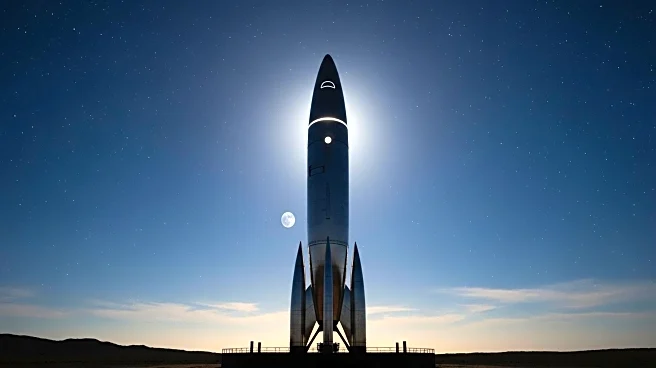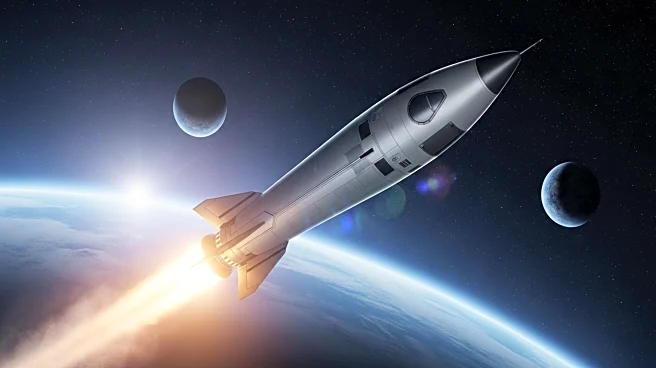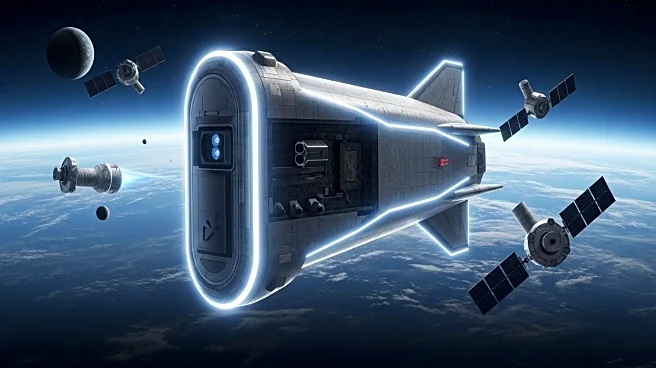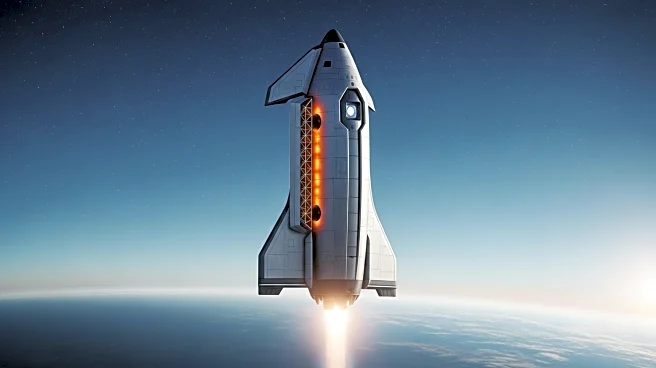What's Happening?
SpaceX's Starship program is back on track following the successful completion of its 10th test flight. The flight provided crucial data for the development of a reusable and refuelable launch system. The test included a controlled splashdown in the Indian Ocean and demonstrated the vehicle's ability to deploy payloads and perform engine maneuvers. The program aims to support NASA's lunar missions and SpaceX's goal of establishing a city on Mars.
Why It's Important?
The successful test flight is a significant step towards achieving SpaceX's vision of reusable space travel. The ability to deploy payloads and perform engine maneuvers are critical for future missions to the Moon and Mars. This development supports NASA's Artemis program and aligns with U.S. space exploration goals. The test flight also highlights SpaceX's innovative approach to overcoming engineering challenges, emphasizing rapid iteration and learning from failures.
What's Next?
SpaceX plans to continue testing and refining the Starship design, with future flights expected to occur more frequently. The company aims to demonstrate orbiting refueling capabilities next year, a critical step for deep-space missions. SpaceX's plans include manufacturing thousands of Starships per year to support its goal of establishing a self-sustaining presence on Mars. The development of a fully reusable heat shield remains a key challenge, requiring further testing and design adjustments.
Beyond the Headlines
The test flight underscores SpaceX's risk-tolerant approach to innovation, where rapid testing and learning from failures are integral to progress. The company's focus on resilience over perfection reflects a broader trend in aerospace engineering, prioritizing fault tolerance to ensure mission success. This philosophy is essential for achieving the ambitious goal of establishing a human presence on Mars.











